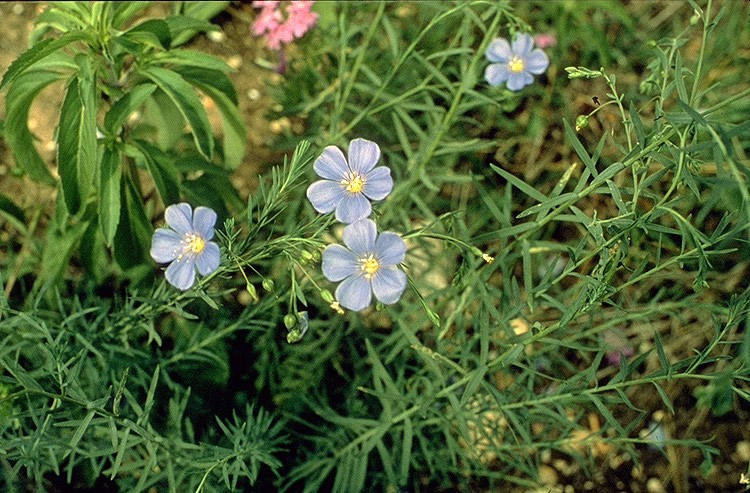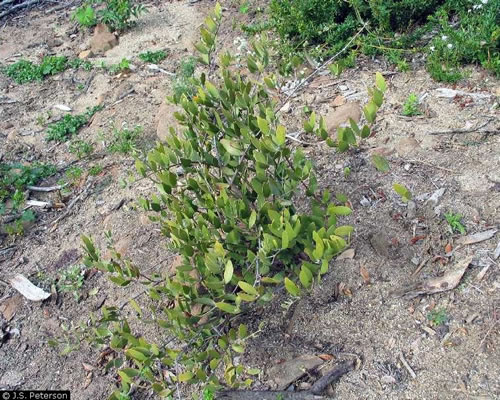Native Plant Oils

Essential Oils
Essential oils are produced in various parts of a plant such as in the flower, seeds, bark, root, leaves, resin, or wood and can be responsible for the distinctive odor or flavor of a plant.
Among the plants notable for their essential oils and used as a source of fragrances and flavorings, are members of the following plant families.
- carrot family (anise, dill, angelica)
- ginger family (cardamom, ginger)
- laurel family (cinnamon, camphor)
- mint family (peppermint, rosemary, thyme)
- myrtle family (clove, allspice)
- orchid family (vanilla)
- nutmeg family (nutmeg, mace)
- pepper family (black pepper)
Oils derived from plants, namely vegetable oils, have been used thousands of years. Plants have been a healthy alternative to animal derived oils since their discovery, containing virtually no cholesterol. Most vegetables oils are pressed from seeds, however in a few cases, such as olives and palm fruits, oils are pressed from the fruit pulps.
About 70% of the world production of plant oil comes from four plant species: soybeans, oil palm, rape, and sunflower. Of these, only sunflower (Helianthus annuus) can claim North America as its original home.
Evidence suggests that Native Americans in present-day Arizona and New Mexico cultivated the sunflower about 3,000 BC. Sunflower seeds were eaten and crushed for oil. Wild, weedy populations of this annual species still occur throughout Canada, the United States, and Mexico. Wild plants are branched, bearing numerous relatively small heads. Domesticated sunflowers usually have one large head atop a single flowering stem. Some archaeologists suggest that sunflower may have been domesticated before corn.
The seed of the native perennial herb, arrowleaf balsamroot, Balsamorhiza sagittata, was a prized source of oil for many Native Americans. Arrowleaf balsamroot is a showy member of the sunflower family. “Balsamorhiza" refers to the balsam-like taste and smell of the resinous and woody root.
Non-Edible Plant Oils
Although most vegetable oils end up in foods, large quantities are used by industry for the manufacture of non-edible products. Sunflower oil has industrial uses in certain paints, varnishes, and plastics. The oil contains 93% of the energy of some diesel fuels, and blends of sunflower oil and diesel have potential as a fuel.
Linseed oil, made from the seeds of Linum usitatissimum, an annual herb in the flax family that is native to central Asia and the Mediterranean region, is one of the oldest oils to have been used commercially. Currently, the paint and varnish industries consume about four-fifths of the linseed oil produced. Remains of flax plants have been found in refuse of Stone Age dwellings and it has been cultivated in Mesopotamia, Assyria, and Egypt for over 5,000 years. It has also been used as a folk medicine.
The Sonoran desert is the native home to one of the oldest cultivated species in North America, the Jojoba (Simmondsia chinensis) plant. This slow-growing shrub species sends its roots up to 35 feet deep and can live to be more than a century old. Its seeds produce golden-colored oil that closely resembles natural human oils. Native American cultures of the southwestern deserts utilized jojoba oil to treat skin conditions as well as cosmetically rubbing it on their hair and bodies as a protectant. One of the unusual attributes of jojoba oil is that it does not oxidize or become rancid. It is also easily refined into an odorless, colorless product that makes it ideal for use in cosmetics, moisturizers and as a fragrance carrier for perfumes. Jojoba joined the industrial world during World War II as a substitute for dwindling supplies of other oil resources. It was used as an important substitute and additive for motor, transmission, and gear oil. Even machine guns were lubricated with jojoba oil! Today, jojoba is being cultivated around the world—from South America to Australia and the Middle East—for many industrial and commercial uses.
 Mountain monardella (Monardella odoratissima) is a wonderful smelling member of the mint family. Photo by Teresa Prendusi.
Mountain monardella (Monardella odoratissima) is a wonderful smelling member of the mint family. Photo by Teresa Prendusi.
 Sunflowers (Helianthus annuus) were domesticated prior to corn according to some sources. Photo by Teresa Prendusi.
Sunflowers (Helianthus annuus) were domesticated prior to corn according to some sources. Photo by Teresa Prendusi.
 Arrowleaf balsamroot (Balsamorhiza sagittata).
Arrowleaf balsamroot (Balsamorhiza sagittata).
 North American native, Lewis flax (Linum lewisii), related to flax used for linseed oil. Photo by Clarence A. Rechenthin, USDA-NRCS PLANTS Database.
North American native, Lewis flax (Linum lewisii), related to flax used for linseed oil. Photo by Clarence A. Rechenthin, USDA-NRCS PLANTS Database.
The jojoba plant is the Sonoran Desert’s second most economically valuable plant after the Washintonia palm. Its seed oil has been used in cosmetics, lubricants, pharmaceuticals and even for replacement of sperm oil in manufacturing of waxes, resins, and detergents.



